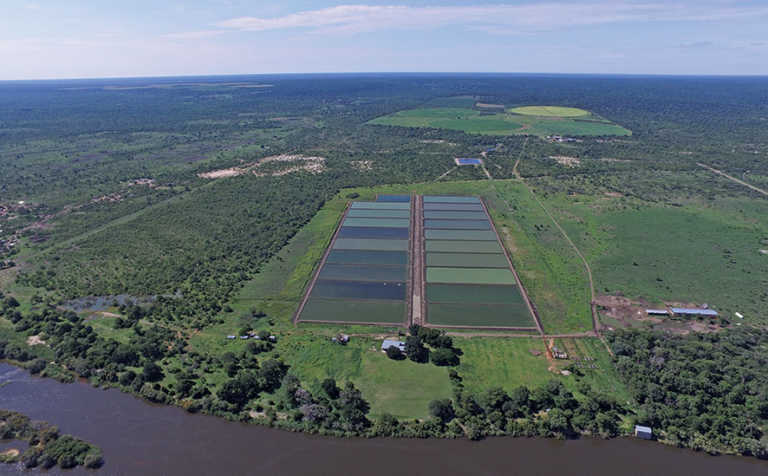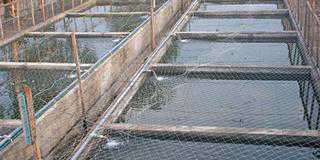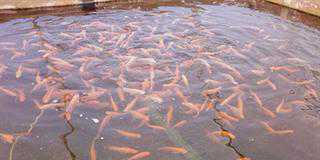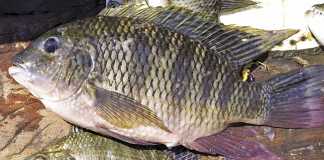
Photo: Nicholas James
Freshwater aquaculture in Africa is finally coming of age, but only north of our borders. A colleague recently completed a continent-wide tour of aquaculture facilities, and his findings reveal exciting developments in many countries, which suggest that Africa may at last be catching up with Asia in this regard.
Egypt stands head and shoulders above other African countries, with an annual fish production of more than 750 000t.
READ Time for Africa to treat agriculture as a business
Given that this is a desert country with one river, and cool winter temperatures, this is testimony to its spirit of entrepreneurship, good management, skilled operators, and, of course, government support.
The country has predominantly fertilised and fed earth ponds, with some cage culture and a few recirculating systems. Government sponsorship of feed mills catalysed the industry’s success 15 years ago.
Cage culture of tilapia forms the bulk of production in many countries. Production in the thousands of tons comes from lakes Kariba (Zimbabwe and Zambia), Victoria (Uganda and Kenya), and Volta (Ghana).
These are all corporate-scale ventures, vertically integrated with their own hatcheries and processing plants, and with either their own feed mills or joint agreements with international feed companies.
READ Cage culture for SA: small scale, big benefits
Next, and most interesting, is the recent development of smaller-scale, privately owned pond or cage systems.
Nigeria’s catfish industry produces significant volumes in this way, but they are difficult to quantify as many are either backyard or small commercial ventures. With the high demand for catfish, they are successful.
Hiding in the shadow of this enterprise is an increasing interest in tilapia, with hitherto undocumented single-farm producers now producing over 1 000t of tilapia in Nigeria, and close to 3 000t in Kenya.
Zambia and Uganda have numerous small- to medium-scale commercial enterprises using pond culture, with Uganda producing between 45 000t and 100 000t (depending on the data source) annually.
Zambia’s well-known Kafue Fisheries, a role model for many years, utilises piggeries adjacent to earth ponds, and finds a ready market in nearby Lusaka.
A key element is management. Where skilled management practices, often based on successful Asian techniques, are used, the success rate even in less-than-optimal climates is high. Where outdated techniques are used, as in many community or NGO-funded projects, the success rate is low.
Getting the basics right
Small-scale aquaculture in most of tropical Africa and in South Africa will move ahead only once the fundamentals are learnt by fisheries officials, and then disseminated by extension.
Unfortunately, this process is resisted for some reason, certainly in South Africa.
It takes more than a month-long visit by officials to China to develop this expertise, and working models of small-scale rural farms are sorely needed as demonstration and training centres.
Rural aquaculture needs to move away from the notorious old concept of 50m2 clear-water ponds, overstocked with thousands of mixed-sex mongrel fish, underfed and ill-managed, yet with the expectation that dozens of beneficiaries can ‘reap the rewards’ of an unlikely bounty. It isn’t going to happen.











